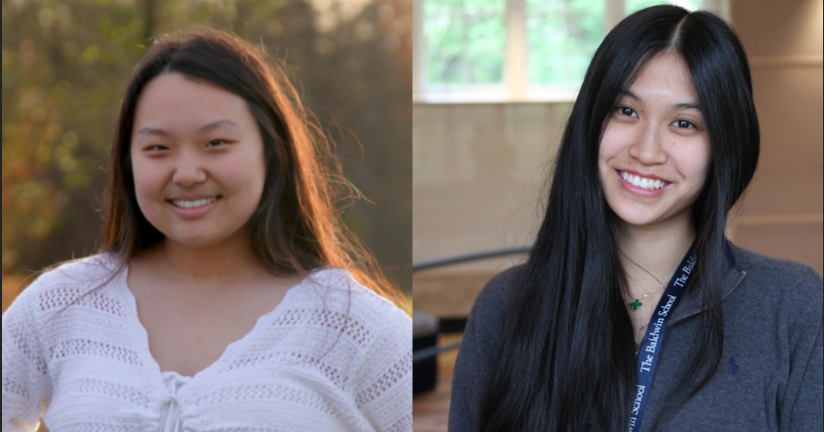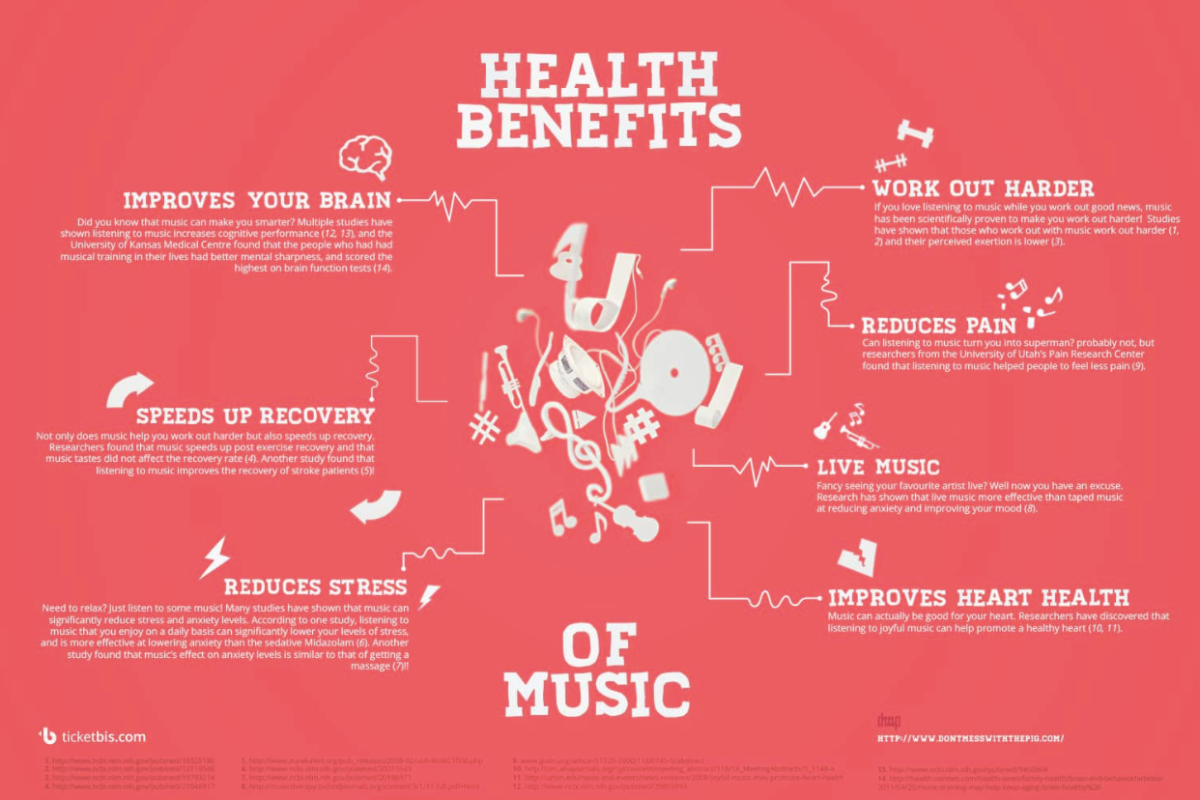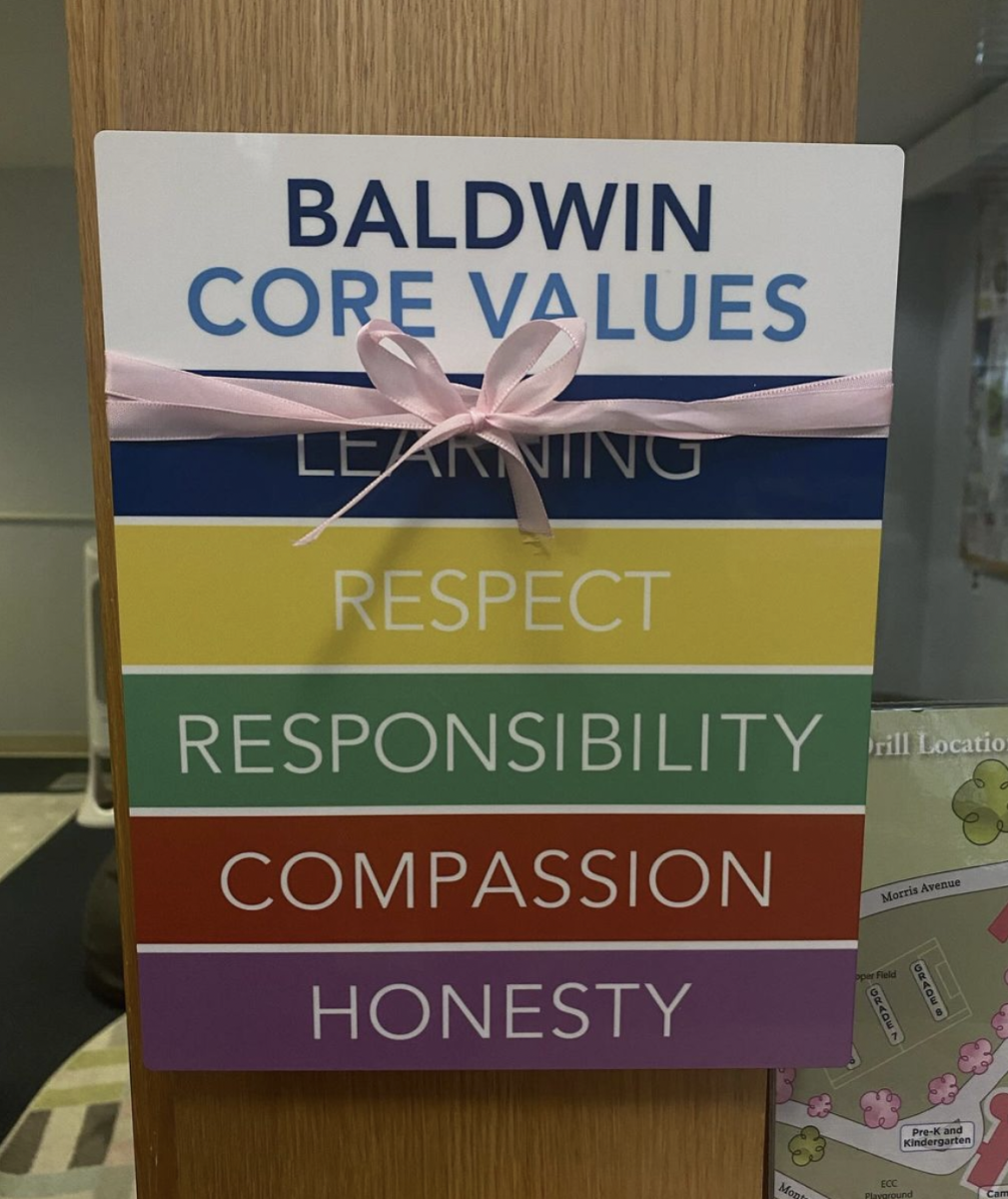Missing school is inevitable. With the Baldwin School’s 229 high school students, the academic experience can be especially difficult to navigate when not everyone is present. Baldwin’s current policy and culture have de-centered the student experience and community well-being for the streamlining of administration.
The unexcused absence form, while well-intentioned, can be impractical. With teachers handling multiple classes, getting eight signatures plus an adviser’s can be time-consuming, especially for short absences already excused by parents.
When it comes to culture, the most normalized but fairly common experience is coming to school sick. This “tough it out” mentality can be counterproductive, affecting the sick student’s focus and risking the health of others.
However, this trend isn’t unique to Baldwin; nationwide, there’s been a push to return to pre-Covid attendance rates.
According to AP News, the California State Health Department “now encourages kids to come to class even when they have the sniffles or other nuisance illnesses like lice or pinkeye.”
Almost every student at Baldwin has experienced the colloquial “Baldwin Flu,” the sickness that infects the student body every year, and we all know that it is not a pleasant experience nor a good image for the school to always have a new virus going around.
Some might insist that the community has become oversensitive in the post-Covid era and that students need to get used to operating under the weather, but if there is one universal takeaway from Covid, it’s that it’s nearly impossible to avoid illness.
A concept that combines both Baldwin’s policy and culture is the idea of mental health days. While relatively new and infrequent, mental health days are featured in the Baldwin Upper School Handbook, which states that “the solution to [excessive absence] is not a periodic ‘mental health day.”
Though the school may not want to recognize it, mental health days are often crucial and should not be treated as slacking off unless they become excessive. Baldwin, being such a high-pressure environment, should consider every student’s mental and emotional health histories.
“In 2021, more than 4 in 10 students felt persistently sad or hopeless, and nearly one-third experienced poor mental health…These feelings of distress were found to be more common among LGBQ+ students, female students, and students across racial and ethnic groups,” said a 2021 Centers for Disease Control and Prevention Study.
Although Baldwin should put limits on absences, they should support the unique circumstances of every student if they choose diversity as an appealing factor for promoting the school. Instead of viewing absences with judgment and anxiety, Baldwin should acknowledge their inevitability and value the collaborative experience of finding a solution in a traditionally rigid system.





























